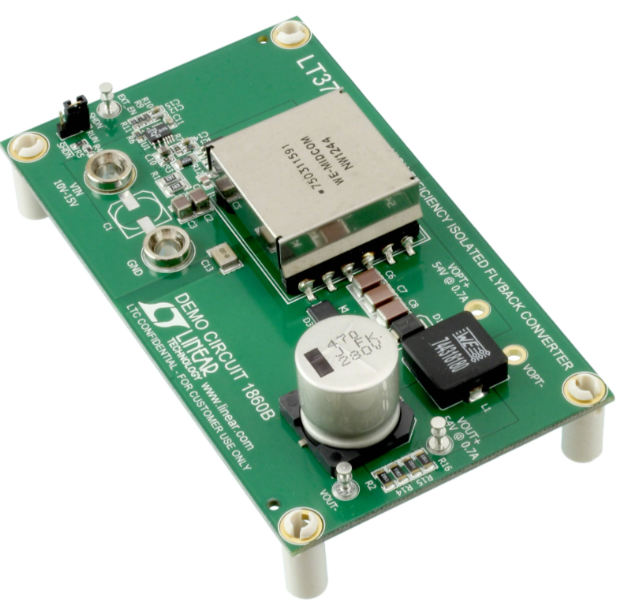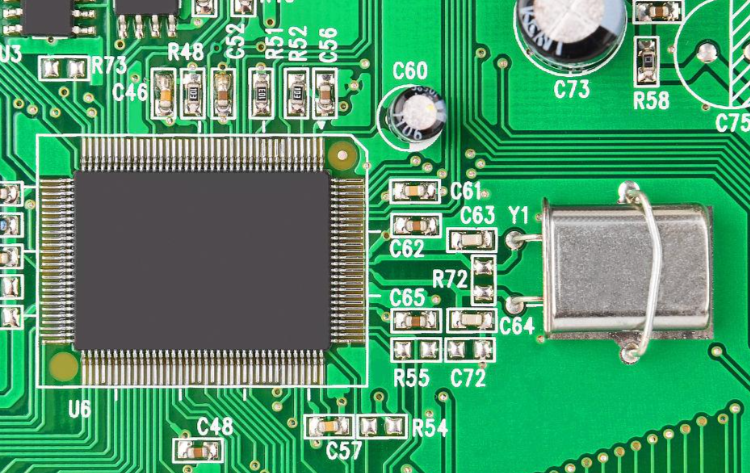The Ultimate Guide to Electronic Component Selection Websites
Introduction
In the rapidly evolving world of electronics design and manufacturing, the process of selecting the right components is more critical than ever. It can mean the difference between a product’s success and failure in terms of performance, reliability, cost, and time-to-market. For engineers, procurement specialists, and hobbyists, navigating the vast ocean of available parts—from microcontrollers and sensors to capacitors and connectors—is a daunting task. This is where electronic component selection websites become indispensable. These digital platforms have revolutionized the component sourcing workflow, moving far beyond simple search functions to become intelligent partners in the design process. They aggregate data from countless suppliers, provide real-time pricing and availability, and offer powerful comparison and lifecycle management tools. This article delves deep into the world of these essential websites, exploring their key features, benefits, and how to leverage them effectively to streamline your projects. We will also highlight how a platform like ICGOODFIND integrates into this ecosystem, providing unique value to its users.

The Core Functionalities of Modern Component Platforms
Modern electronic component selection websites are sophisticated ecosystems designed to address the multifaceted challenges of part sourcing. Their value lies in a suite of core functionalities that go far beyond a simple product catalog.
First and foremost is comprehensive search and discovery. The sheer volume of components available globally is staggering. A robust platform allows users to search not just by part number, but by an extensive range of technical parameters. Need a 16-bit microcontroller with a specific core, clock speed, number of I/Os, and communication protocols? These sites enable parametric search, letting engineers input their exact design requirements to filter down to a shortlist of suitable components. This is infinitely more efficient than trawling through individual supplier websites or PDF datasheets.
Secondly, these platforms provide critical supply chain intelligence. In today’s market, characterized by frequent shortages and long lead times, knowing the availability and pricing of a part is as important as its electrical characteristics. Top-tier websites aggregate real-time data from numerous distributors worldwide. They display current stock levels, pricing breaks (e.g., per unit at 1, 100, or 1000 pieces), and estimated lead times. Many also offer historical pricing charts and alerts for when a part comes back in stock or drops in price. This data is crucial for making informed decisions that affect both the Bill of Materials (BOM) cost and project timelines.
The third pivotal functionality is component comparison and lifecycle management. Engineers often need to compare several potential parts side-by-side. These websites allow for easy comparison of key parameters in a structured table, making it simple to identify the best fit for an application. Furthermore, they provide vital information on a component’s lifecycle status—whether it is in production, not recommended for new designs (NRND), or obsolete. Designing a new product with a component that is about to be phased out can be a catastrophic mistake. Platforms mitigate this risk by offering obsolescence forecasts and suggesting alternative or pin-to-pin compatible parts, future-proofing your designs.
Strategic Advantages in the Design and Sourcing Process
Leveraging electronic component selection websites confers significant strategic advantages that permeate the entire product development lifecycle.
The most immediate benefit is a dramatic increase in efficiency and time savings. The traditional component selection process was incredibly time-consuming, involving manual searches through thick distributor catalogs, countless datasheets, and numerous phone calls to sales representatives. Now, engineers can accomplish in minutes what used to take days or weeks. This accelerated process shortens development cycles, allowing companies to get their products to market faster—a key competitive advantage in almost every industry.
Another major advantage is enhanced decision-making and risk mitigation. By centralizing information from a global network of suppliers, these platforms provide a holistic view of the market. An engineer can instantly see if a preferred component is on allocation across all major distributors, signaling a potential supply chain risk. This visibility allows for proactive sourcing strategies, such as identifying and qualifying alternative components before a crisis hits. The ability to quickly cross-reference parts and access community-generated content like user reviews and application notes adds another layer of insight, leading to more robust and reliable design choices.
Finally, these sites play a crucial role in cost optimization. Finding the right component isn’t just about technical specs; it’s also about finding the best value. These platforms allow for easy price comparison across multiple distributors for the exact same part. Furthermore, they can help identify cheaper alternatives that meet the same functional requirements. Some advanced systems can even analyze an entire BOM and suggest cost-saving substitutions or alert you to parts that are consuming a disproportionate share of the budget. This direct impact on the bottom line makes them an invaluable tool for procurement teams and cost-conscious engineers alike.
Navigating the Landscape: From Generalists to Specialists
The market for electronic component selection websites is diverse, featuring both broad-based giants and specialized niche players. Understanding this landscape helps users choose the right tool for their specific needs.
On one end of the spectrum are the large aggregators and search engines. These sites cast the widest net possible, indexing components from hundreds of manufacturers and distributors. Their primary strength is unparalleled breadth. They are an excellent starting point for almost any search, offering a one-stop shop for checking availability and comparing prices across a huge swath of the market. They are particularly useful for common passive components, semiconductors, and interconnect products.
On the other end are specialized and manufacturer-direct resources. Some platforms focus deeply on specific component categories, such as RF parts, high-reliability military-spec components, or obsolete parts. These niche sites offer deeper technical data, more specialized search parameters, and expert support that generalist sites cannot match. Furthermore, almost every major semiconductor manufacturer (e.g., Texas Instruments, Analog Devices) hosts its own extensive selection tool on its website. These are invaluable for deep technical exploration within that company’s ecosystem, offering detailed simulation models, development kits, and design support resources that aggregators may not fully capture.
This is where a platform like ICGOODFIND carves out its unique position. It understands that engineers need both breadth and depth. By potentially curating a focused selection of reliable suppliers and components or providing unique market analysis tools, ICGOODFIND can offer a streamlined experience that reduces noise and helps users find trustworthy parts quickly. It might excel in presenting complex supply chain data in an intuitive way or in connecting buyers with vetted vendors for hard-to-find components.
Conclusion
Electronic component selection websites have fundamentally transformed the electronics industry’s approach to one of its most foundational tasks. They are no longer mere digital catalogs but have evolved into intelligent platforms that integrate design engineering with supply chain management. The power of parametric search saves invaluable engineering time, while real-time supply chain data mitigates risk and prevents costly production delays. The ability to compare components and manage lifecycles ensures that products are not only designed correctly but are also designed to last in the market.
As supply chains grow more complex and product lifecycles shorten, reliance on these digital tools will only intensify. The key for professionals is to develop a strategic approach to using them—perhaps starting with a broad aggregator for initial research before diving into manufacturer-specific tools for deep technical validation. And within this dynamic ecosystem, solutions like ICGOODFIND emerge by addressing specific pain points, whether it’s simplifying the search process or providing clearer insights into market availability. Ultimately, mastering these platforms is not just a technical skill but a strategic imperative for anyone involved in bringing electronic products to life.


























